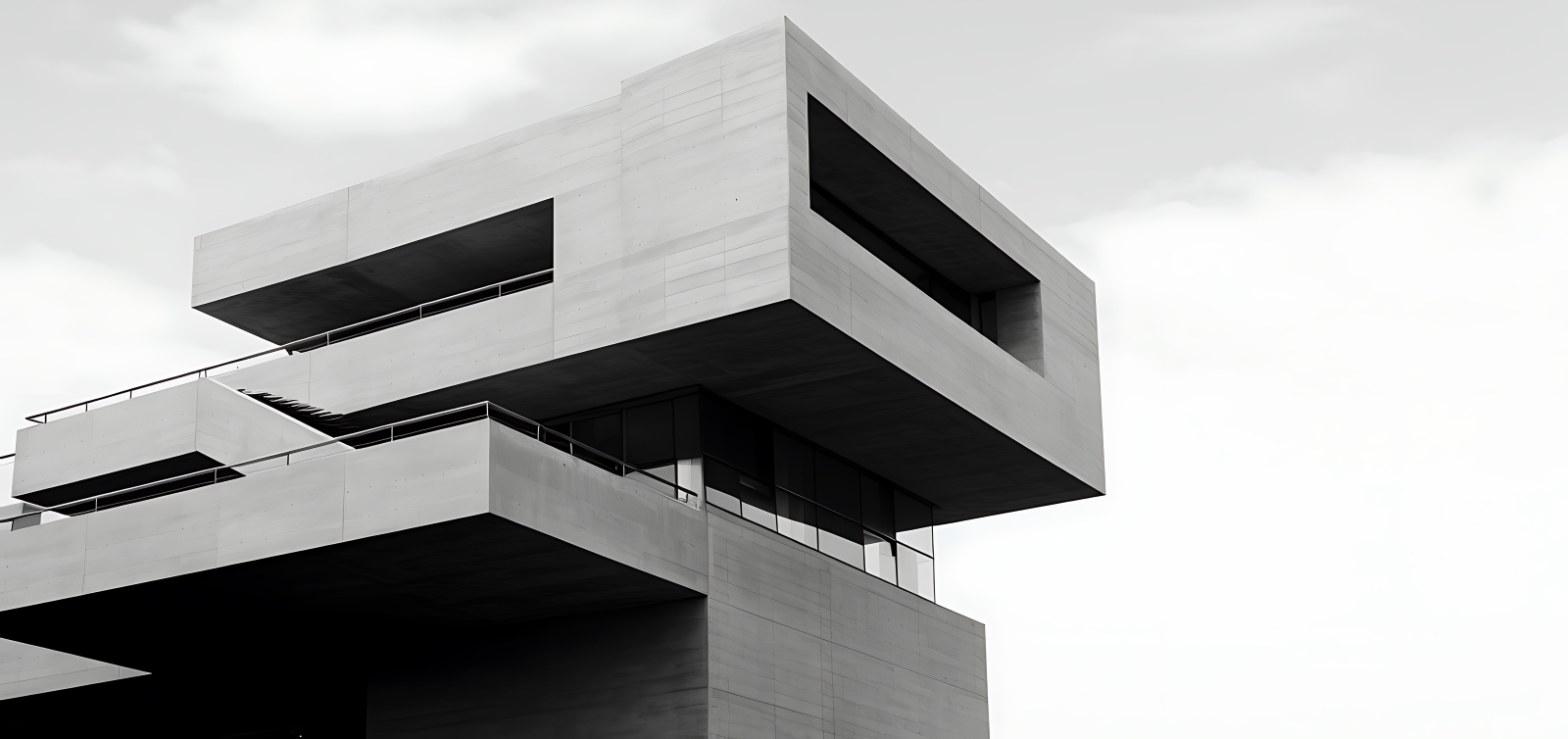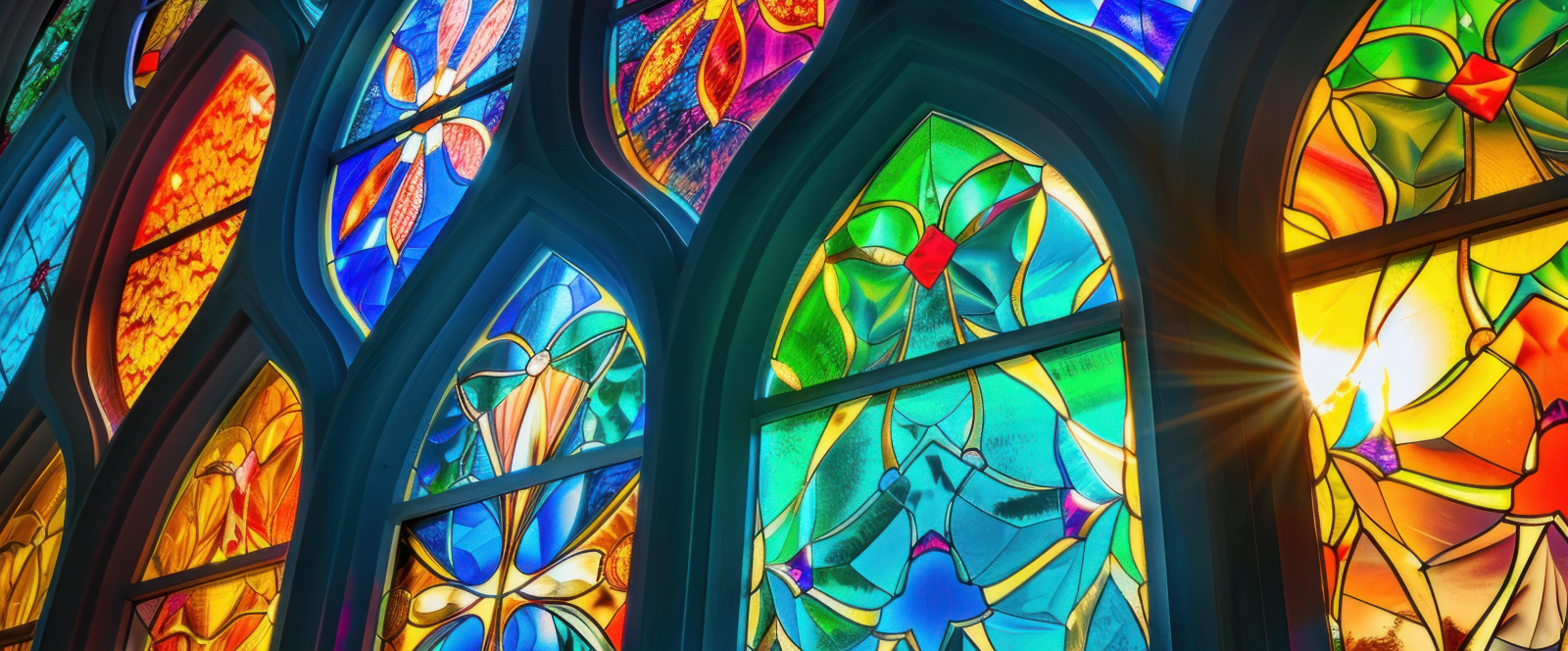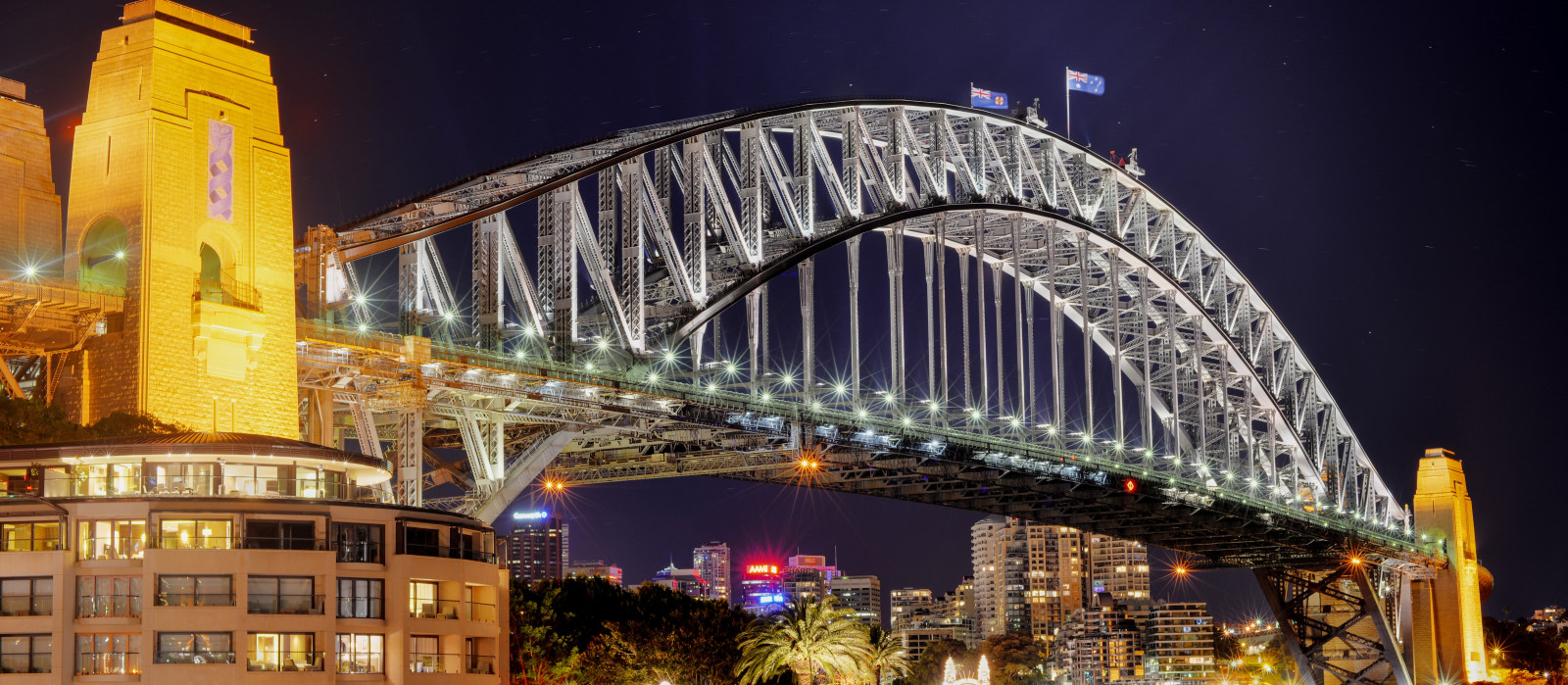What Is Escrita Com Luz?
In Architecture Escrita Com Luz, the light emerges from space — from the walls that hold us, the lines that guide us, the way a room makes us feel before we even realize it.
Is Architecture Even Art?
Some might say architecture is too practical to be art.
It deals with materials, budgets, laws, and logistics. It requires permits. It needs plumbing.
But so does sculpture. So does performance. So does any art form that becomes real.
A building may provide shelter — but it can also provoke thought, stir emotion, or mirror belief.
Just as a painting speaks through its composition, architecture speaks through structure, symmetry, space, and silence.
So, yes. Architecture is art. And in many ways, it is one of the most complete forms of art — merging design, function, memory, movement, and light into one living experience.
The Focus of This Piece
In this article, we’re not going to settle every debate about what counts as art.
Instead, we’ll explore how architecture becomes Escrita Com Luz — how buildings do more than house our bodies, but also speak to our soul, memory, and awareness.
We’ll ask what makes a structure more than functional.
We’ll look at how design reflects belief.
And we’ll explore how something as large and grounded as a building can express something as fragile and fleeting as human emotion.
Let me know if you’d like to continue with a breakdown of spiritual architecture, emotional space design, or specific historical examples that align with this philosophy.

Does Architecture Fit Within the Bounds of Escrita Com Luz?
Can architecture be art? And more importantly, can it carry light?
To answer that, we must stop thinking of buildings as cold structures. We must begin to see them as emotional landscapes, shaped not just by function — but by intention.
Can Architecture Make You Feel?
A wise person once said: “Art is anything that makes you feel.”
And that’s the heart of it.
Much like the concept of Escrita Com Luz — which isn’t confined to a single medium but is a way of expressing meaning, clarity, and inner awareness — architecture, too, holds the power to move us.
Not every structure is a cathedral or a monument. But many can still stir emotion — even if it’s just a quiet sense of comfort, openness, nostalgia, or stillness.
And that emotional reaction, that internal shift, is where light begins to shine.
The Student With a Pencil and a Vision
Picture a young architectural student.
Exhausted, eyes strained, hunched over a desk in the middle of the night —
Still drawing. Still shaping. Still building something no one else can yet see.
Sure, they must consider rules, materials, safety codes, budget. Those are the constraints. The bones.
But beneath all that, they’re asking:
How will this space feel?
Where will light enter?
Will someone feel calm here? Or inspired? Or safe?
They’re not just sketching rooms.
They’re creating experiences.
In that moment — line after line — that student is not just a designer. They are an artist. And the building in their mind is a vessel of emotion. Of awareness. Of light.
Is Intention Enough?
And so the question becomes:
Is the intention of the creator enough to make something Escrita Com Luz?
If the architect draws with the same emotional weight as a painter with brush or a musician with melody,
If they build not only for form and function, but for meaning —
Does that not make the result something greater?
Even if the structure stands quiet and still…
If it holds space for emotion to rise,
If it reveals something about the people inside or the world outside,
Then yes.
It is art.
It is light.
It is Escrita Com Luz — carved in steel, stone, and silence.
Architecture Escrita Com Luz – Labeling a Piece as Art?
Can we simply label a building as art, and be done with it?
Certainly not.
To do so would be too easy — and too shallow. Architecture is more than form or function. It’s something that must be felt to be fully understood. It’s not just about how it looks on paper, or even how it appears from the street. Architecture is about how space moves you, how it holds light, how it shapes time while you stand inside it.
When Structure Becomes Experience
Think back.
When was the last time you stood inside a space that stopped you?
Not with noise or spectacle — but with stillness, with presence.
Maybe it was the grand interior of a cathedral. Or the sharp clean angles of a modern gallery. Maybe it was just a staircase that curved so gently it felt like a thought, not a structure.
The lines drawn by the architect gain new life when they leave the paper and become walls, ceilings, windows, and doors. Once we are inside the space — moving through it, hearing the sound it holds, watching the way light lands and changes — we are no longer observers.
We are participants.
And in that moment of participation, architecture becomes emotion. It becomes art.
Consider the Cathedrals
Picture one of the great European cathedrals.
Gothic spires rising into the sky, vaults that stretch heavenward, colored glass bathing stone in filtered light. You don’t have to believe in the religion to feel what the space is saying. It speaks through scale. Through silence. Through shadow and symmetry.
Are these cathedrals not stories written in stone?
Are they not spiritual compositions expressed through brick, wood, glass, and light?
Of course they are.
They were built not just to shelter worship, but to invoke awe.
To connect the physical with the divine.
This is Escrita Com Luz — not metaphorically, but literally. These buildings were designed to catch the light, bend it, soften it, and make it speak.
Drawing the Line Between Function and Feeling
It’s important to make a distinction here.
Not every building is art. Not every structure seeks to elevate.
But when a building moves beyond utility…
When it seeks to say something…
When it changes you, even for a moment —
Then it is no longer just a building.
It becomes a space of meaning.
It becomes Escrita Com Luz — an architectural expression of human awareness, shaped by material, movement, and vision.
Not All Architecture Is Art — But Some Is Escrita Com Luz
It must be said:
Not every building is art.
Not every structure is created with emotion, vision, or light in mind.
This should be obvious to anyone who has stood beneath the cold shadows of a brutalist office building, or passed row after row of repetitive, lifeless housing. These buildings serve a purpose — they shelter, organize, contain — but they do not speak. They are not trying to connect with you.
And more importantly, they were never meant to.
Architecture Without Feeling
When architecture is driven solely by cost, efficiency, or code compliance, something gets lost.
Form flattens. Soul disappears.
The result is a structure that serves — but does not inspire.
The architect of such a building likely didn’t approach their work with Escrita Com Luz in mind. There was no intention to stir emotion. No desire to explore identity, memory, or light. And so, the result is just what you see: concrete, steel, glass — cold and functional.
But that doesn’t mean architecture as a whole is excluded from art.
Quite the opposite.
When Buildings Transcend Structure
There are buildings — in cities, towns, even tucked into side streets — that invite you to look again.
They catch your eye not with size, but with intention.
A curve that seems to move.
A window that frames the sky like a painting.
A roof that lifts like it’s breathing.
These moments of design aren’t accidents.
They are expressions.
They are art, built into structure.
They are Escrita Com Luz — the built form of inner light.
Learn to See What Was Always There
Art can be easy to miss when we’re surrounded by repetition. But it’s there — woven into the world around us.
The next time you walk through your city or neighborhood, look again.
Pay attention to what stands out.
Ask yourself:
Is this building purely functional?
Or is there something more — a line, a form, a feeling — that makes you pause?
The contrast between economic and artistic design is often clearer than we expect.
All it takes is noticing.
And in that simple act of noticing, you begin to see the light behind the structure — the mark of the architect’s hand, and perhaps, their soul.
That is where architecture moves beyond structure.
That is where it becomes art.
That is where it becomes Escrita Com Luz.

Architecture Escrita Com Luz
1. La Sagrada Família – Barcelona, Spain
Architect: Antoni Gaudí
Few buildings embody Escrita Com Luz as fully as Gaudí’s unfinished masterpiece.
La Sagrada Família is alive with symbolism, rooted in nature, light, and spirituality. Gaudí designed the interior so that sunlight would pass through vibrant stained glass and shift throughout the day — casting colored shadows like breathing artwork. Every surface carries meaning. It is not just a basilica — it is a physical prayer.
2. Fallingwater – Pennsylvania, USA
Architect: Frank Lloyd Wright
Built over a waterfall, this house merges architecture with nature. Wright believed a building should grow from its environment — not fight against it. The sound of water echoes throughout the house. Stone, wood, and glass are layered like the surrounding forest. It’s a structure designed to live with the land, not on it.
Fallingwater feels more like a harmonic moment than a home.
3. Church of the Light – Ibaraki, Japan
Architect: Tadao Ando
Tadao Ando’s work is quiet, but profound.
This church is minimalist in form — just concrete and natural light. Yet, a simple cross-shaped cut in the wall transforms the entire space. As light pours in, it draws attention not to the structure, but to the space within the structure. It becomes a meditation on absence, presence, and silence. This is Escrita Com Luz in its purest architectural form.
4. The Jewish Museum – Berlin, Germany
Architect: Daniel Libeskind
This building is emotionally intense by design.
Its disjointed corridors, sharp angles, and empty voids reflect the trauma of memory and history. Visitors are meant to feel lost, uneasy, and exposed. It’s not just architecture — it’s a spatial testimony to what cannot be said. This is architecture that remembers. That mourns. That speaks where words fail.
5. The Louvre Pyramid – Paris, France
Architect: I.M. Pei
Combining the classical with the modern, I.M. Pei’s glass pyramid invites light into the earth — guiding visitors downward into the museum’s heart. It stands in sharp contrast to the historic palace behind it, yet somehow completes the story. This structure celebrates transparency, curiosity, and openness — the passage of light through history.
6. The Baháʼí House of Worship – New Delhi, India (Lotus Temple)
Architect: Fariborz Sahba
Shaped like a blooming lotus, this temple welcomes people of all faiths and backgrounds. The structure glows with natural light, reflecting purity, unity, and peace. Its silence is powerful, and its openness is symbolic. Like a flower reaching toward the sun, it’s a physical metaphor for spiritual awakening.
7. Therme Vals – Vals, Switzerland
Architect: Peter Zumthor
Zumthor’s design for this thermal bath is more sensory than visual. It’s built into the earth, with spaces that feel carved from stone. Light is sparse and sacred. The weight of silence, the echo of water, the coolness of stone — all are intentional. This is architecture that doesn’t show itself, but instead asks you to feel. It’s slow. Meditative. Profoundly human.


You must be logged in to post a comment.